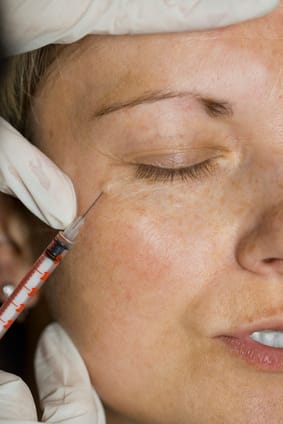Facing the facts: Botulinum toxin in aesthetic medicine
With more than 3.5 million botulinum toxin procedures worldwide in 2014, the global botulinum toxin market is currently worth £3 billion and is expected to grow 7.2% each year

Pick up a glossy magazine to check out the latest gossip around your favourite Hollywood A-list celebrity, and you may notice that many of them have seemingly flawless faces, lacking the frown lines and crow’s feet that you might expect to see in someone of their age. Sometimes this is down to airbrushing and photo-editing, but sometimes this can be because the celebrity has had a cosmetic treatment, such as botulinum toxin injection.
Botulinum toxin works by disrupting the normal release of acetylcholine in motor neurons, resulting in a temporary flaccid muscle paralysis. Normal release of acetylcholine at the neuromuscular junction is mediated by a synaptic fusion complex, which is made up of a set of proteins known as SNARE proteins. After membrane fusion, acetylcholine is released into the synaptic cleft and then bound by receptors on the muscle cell. Botulinum toxin cleaves the SNARE proteins, disrupting the assembly of the synaptic fusion complex, and thereby blocking achetylcholine release.
Several clinical trials have been conducted on botulinum toxin for aesthetic use, mainly for frown lines and crow’s feet. Botulinum toxin is also used for lateral eyebrow lifts, ‘bunny lines’, and ‘gummy smile’, among others. Much of the safe use of botulinum toxin is based on the physician’s injection technique, which is often personal and based on clinical experience – incorrect injection technique can cause problems such as eyelid ptosis (a drooping eyelid).
Botulinum toxin has medical and therapeutic uses outside of aesthetics, including muscle spasticity, strabismus, and improper eye alignment. Many types and brands of botulinum toxin are now available in several countries worldwide. People have a range of psychological, cultural and social reasons for choosing botulinum toxin as an aesthetic treatment, in our increasingly image-conscious world.









